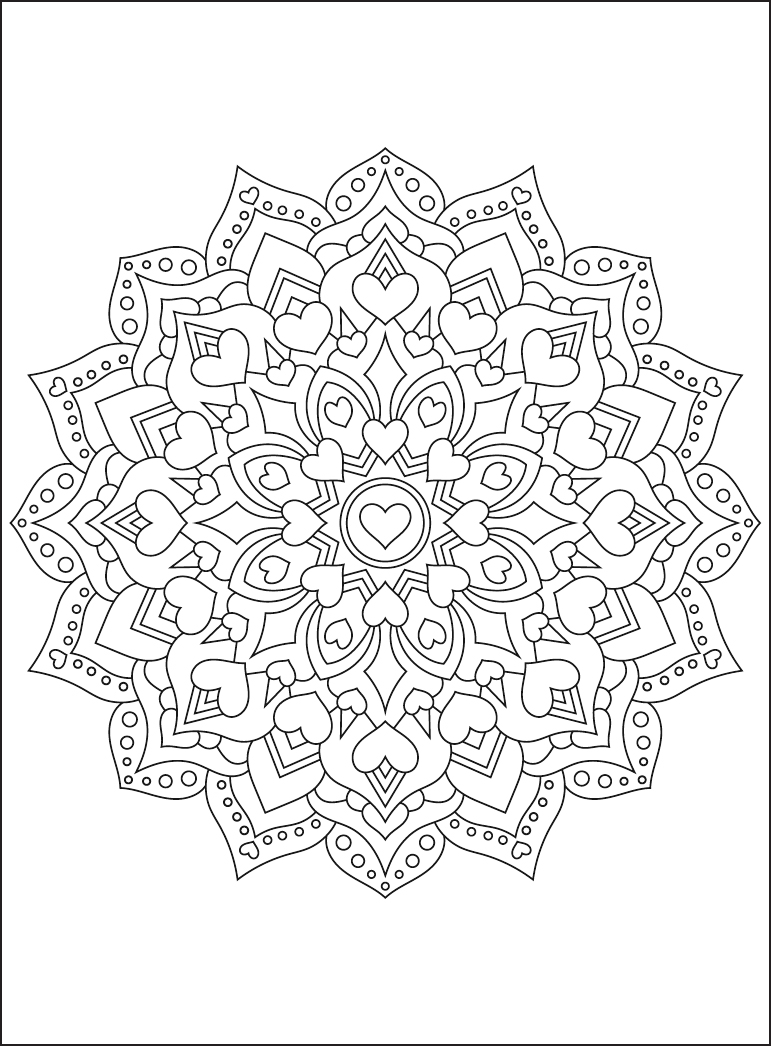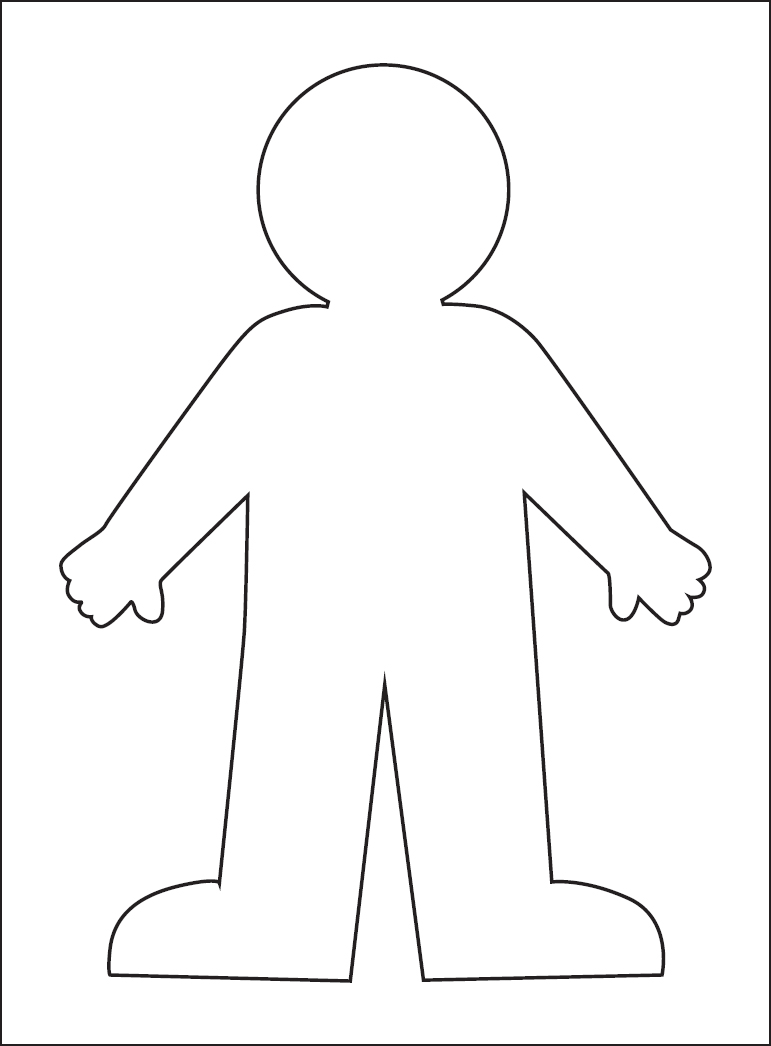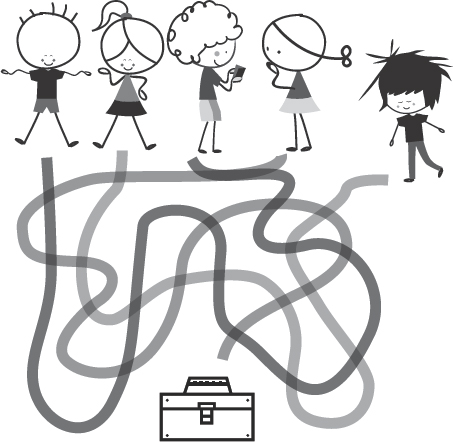chapter 12
Patterns & Repetition Activities
This chapter uses activities to identify the fifth daily target and to integrate patterns and repetition in an effective way.
At the beginning of each of the following activities, the activity level is identified according to the Self-Regulation and Mindfulness 7-Level Hierarchy. As you may recall, Levels 1 through 4 on the hierarchy correspond with higher-level activities, Level 5 corresponds with midlevel activities, and Levels 6 and 7 correspond with foundational-level activities. The Threshold and Arousal Levels Table in Chapter 4 can be used to identify the child’s levels. Be sure to keep track of which activities work for the child and their reactions to the activities.
MINDFUL MEDITATION
AIM To enhance attention and mindful awareness of the senses and others around
Suggested Starting Hierarchy Level Foundational on page ix
Appropriate Arousal Level All arousal levels*
Appropriate Threshold Level All thresholds*
YOU WILL NEED
• Items for the child to hold, such as rocks, ice cubes, flowers, a snow globe, walnuts
• A quiet environment
• A chime (optional)
DIRECTIONS
1. Have the child hold the selected item and view all of its characteristics.
2. Ask them to share what they see.
3. Use a chime to start and stop the session.
*The threshold indicates how easily the child detects stimuli, or changes in their environment (low = quick detection; high = slow detection). A child’s arousal is the behavioral reaction to stimuli that we can observe.
MAZES
AIM To enhance attention and mindful awareness and prepare the mind to work
Suggested Starting Hierarchy Level Midlevel to high on page ix
Appropriate Arousal Level All arousal levels*
Appropriate Threshold Level All thresholds*
YOU WILL NEED
• Mazes, such as the one below (be sure to select mazes that are age appropriate for the child)
DIRECTIONS
1. Encourage the child to complete the maze.
2. Provide help as needed.
3. Be sure to discuss their feelings and provide praise when appropriate.
*The threshold indicates how easily the child detects stimuli, or changes in their environment (low = quick detection; high = slow detection). A child’s arousal is the behavioral reaction to stimuli that we can observe.
RHYTHMIC CLEANING
AIM To enhance attention and mindful awareness of the moment
Suggested Starting Hierarchy Level Midlevel to high on page ix
Appropriate Arousal Level All arousal levels*
Appropriate Threshold Level All thresholds*
YOU WILL NEED
• Cleaning tools, such as a broom, mop, or vacuum
DIRECTIONS
1. Come up with a song for the child to sing while cleaning, or play a metronome or music.
2. Encourage the child to use a pattern, such as sweeping to the rhythm.
3. Discuss how they feel before and after the activity, and don’t forget to thank them for their help!
*The threshold indicates how easily the child detects stimuli, or changes in their environment (low = quick detection; high = slow detection). A child’s arousal is the behavioral reaction to stimuli that we can observe.
MANDALAS
AIM To enhance attention and mindful awareness of the senses and others around
Suggested Starting Hierarchy Level Midlevel to high on page ix
Appropriate Arousal Level All arousal levels*
Appropriate Threshold Level All thresholds*
YOU WILL NEED
• A printout of a mandala, such as the image that follows
• Crayons, colored pencils, paint, or blow pens
• Playdough (optional)
DIRECTIONS
1. Have the child decorate the mandala on page 138 as they desire.
2. You can have them color or blow paint on it with a straw or blow pen.
3. For younger children, have them use playdough to create a circular pattern.
*The threshold indicates how easily the child detects stimuli, or changes in their environment (low = quick detection; high = slow detection). A child’s arousal is the behavioral reaction to stimuli that we can observe.

SMELL DOUGH
AIM To enhance attention and mindful awareness of the senses and others around
Suggested Starting Hierarchy Level Foundational on page ix
Appropriate Arousal Level All arousal levels*
Appropriate Threshold Level All thresholds*
YOU WILL NEED
• Playdough
• Essential oils
DIRECTIONS
1. Mix drops of essential oils into playdough.
2. Use lavender and wood smells for calming.
3. Use citrus smells to increase arousal.
*The threshold indicates how easily the child detects stimuli, or changes in their environment (low = quick detection; high = slow detection). A child’s arousal is the behavioral reaction to stimuli that we can observe.
MAPPING EMOTIONS
AIM To enhance attention and mindful awareness of feelings and emotions
Suggested Starting Hierarchy Level Midlevel to high on page ix
Appropriate Arousal Level All arousal levels*
Appropriate Threshold Level All thresholds*
YOU WILL NEED
• A printout of a body (located on next page)
• A writing utensil
DIRECTIONS
1. Have the child color on the body image where their emotions are felt in the present moment.
2. You can use various copies of the image to represent how they felt during certain scenarios, and then discuss them with the child.
3. Be sure to discuss ways to calm down or support their feelings.
*The threshold indicates how easily the child detects stimuli, or changes in their environment (low = quick detection; high = slow detection). A child’s arousal is the behavioral reaction to stimuli that we can observe.

LABYRINTH
AIM To enhance attention and organize the mind and body
Suggested Starting Hierarchy Level Foundational on page ix
Appropriate Arousal Level All arousal levels*
Appropriate Threshold Level All thresholds*
YOU WILL NEED
• Any of the following items to make a large labyrinth pattern on the floor or a smaller one on a tabletop:
- Chalk
- Rocks
- Leaves
- Tape
- Sand
- Sticks
• A cardboard box divided into a labyrinth with popsicle sticks or tape
• A labyrinth image projected on the floor
• A labyrinth app or computer game
DIRECTIONS
1. Encourage the child to complete the labyrinth as indicated.
2. They may walk through it if it is a large labyrinth created on the floor, use their finger if the labyrinth is smaller (i.e., a divided cardboard box, a tabletop labyrinth), or play an electronic labyrinth game.
3. You may have them follow you if needed.
4. Be sure to encourage them to not get frustrated; help them see it as a challenge.
*The threshold indicates how easily the child detects stimuli, or changes in their environment (low = quick detection; high = slow detection). A child’s arousal is the behavioral reaction to stimuli that we can observe.


